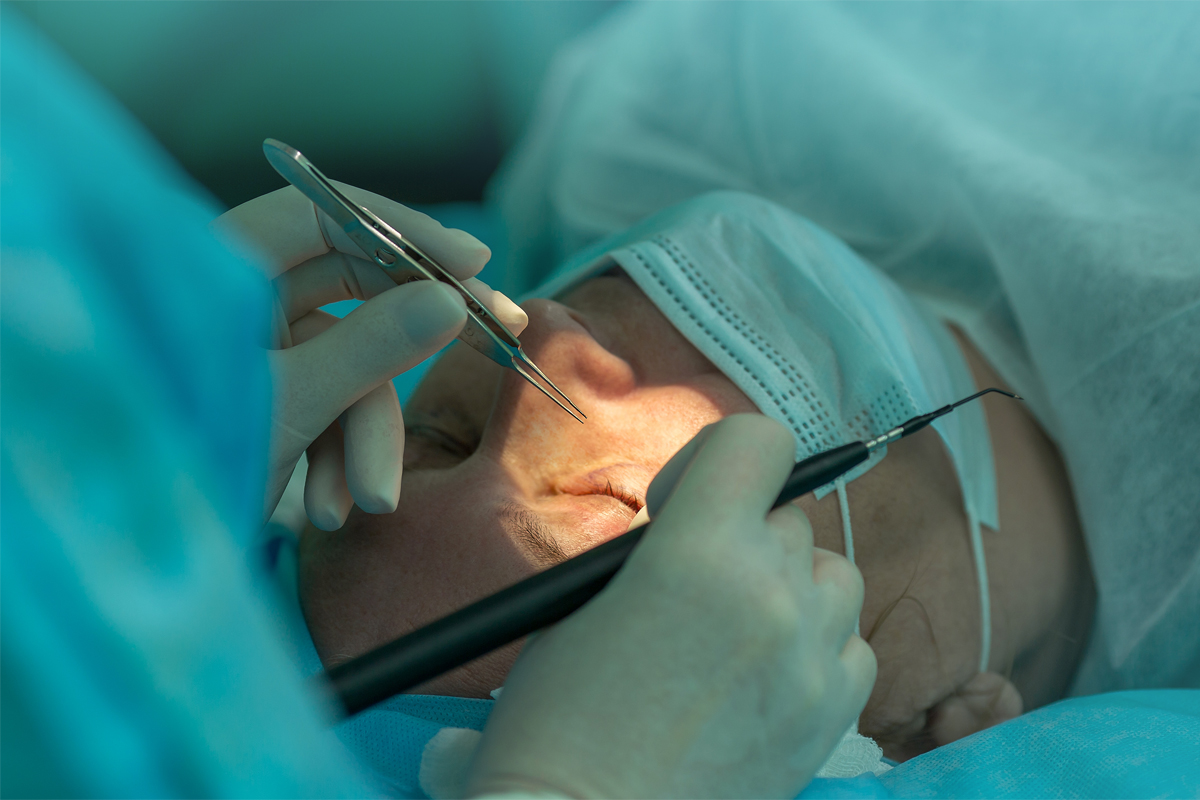HAPPINESS FROM HOPE: THE IVF PROCESS
"In-vitro" signifies "outside of the body." During IVF therapy, a woman's egg and a man's sperm are mixed in a lab dish. The treatment can be performed using either the patient's own eggs and sperm or donated sperm, eggs, or both. When an egg is fertilized, sperm joins and enters it.
IVF is suggested for the following infertility problems:
- If anybody has any extra problems, such blocked or broken fallopian tubes.
- if there is a problem with the partner's sperm. ICSI is a better alternative for managing severe conditions.
- if earlier fertility procedures, such as IUI, or drugs to enhance conception, have not worked.
- Having endometriosis or polycystic ovarian syndrome, two typical reproductive conditions (PCOS).
- for couples who do embryo testing in an effort to stop the passing on of a genetic disease to their future children.
- for females who have undergone a procedure known as a tubal ligation, a kind of sterilization in which the fallopian tubes are cut or sealed to prevent conception permanently.
- If a woman starts chemotherapy for her cancer, for example, this might affect her fertility.
Here is an explanation of how IVF functions.
IVF procedures vary based on the circumstances. IVF methods are also employed in gestational surrogacy where the fertilized egg is placed in a surrogate's uterus and the child that is born is genetically unrelated to the surrogate. Theoretically, once a woman has experienced her natural ovulation, IVF might be accomplished by extracting her ovaries or fallopian tubes, mixing them with sperm, and then re-inserting the fertilized eggs into the uterus. However, the chance of conception would be extremely unlikely in the absence of other treatments. Before starting the therapy, the two may need blood tests to rule out the presence of HIV, hepatitis B, hepatitis C, and human T cell lymphotropic virus I and II.
Following are the phases of treatment for women:
Inhibiting the menstrual cycle's normal cycle
- Women are given medications for two weeks to assist naturally reduce their menstrual periods.
Increasing the egg output
- Doctors utilize fertility medications that include the hormone FSH to encourage egg production. FSH causes the ovaries to produce more eggs than usual. Many eggs are preferable because some eggs won't mature or become fertile after being retrieved.
Returning the eggs
- To retrieve her eggs, the woman undergoes a technique known as a follicular aspiration.
- Following the surgery, the patient can have cramping, a bruised, uneasy feeling, and/or vaginal bleeding.
- Once the eggs have been removed, she will get medication in the form of pessaries, injections, or gel to assist in preparing the lining of the womb for the embryo transfer.
Fertilization and Embryo Insemination
- The highest caliber sperm and eggs are combined. The process of joining sperm and egg is called insemination.
- Sperm and eggs are then stored in a controlled environment. After a few hours, the sperm eventually enters the egg and fertilizes it.
- Even if everything appears to be in order, ICSI is frequently performed on certain eggs at fertility clinics.
- The eggs are watched to make sure that cell division and fertilizations are taking place. The resulting embryos are thought of as the fertilized eggs.
- An embryo develops from a fertilized egg that has been split. An embryo can be checked for genetic abnormalities at this stage using preimplantation genetic diagnostics.
- The woman is given progesterone or HCG to make it easier for the uterine lining to receive the embryo.
- Three to five days after fertilizations and egg extraction, embryos are placed in a woman's womb.
- The procedure is carried out at the doctor's office while the patient is awake. The doctor inserts a tiny tube containing the embryos through the woman's vagina, via her cervix, and up into her womb. When an embryo develops while attached to the uterine lining, pregnancy results.
- Typically, implantation occurs six to ten days following egg retrieval if surgery is successful.
- Even while anesthesia is not required and the procedure is comfortable, some people may have very little cramping.
- A woman under the age of 40 may get one or two embryos. If the mother is above 40, she may only utilize a maximum of three embryos. The number of embryo transfers is restricted because to the risks associated with multiple births.
The following are the therapy options for men:
- To separate the higher-quality sperm from the active, usual sperm, the sperm will be cleaned and processed.
- If already fertilized sperm is used, it will also be removed from frozen storage, thawed, and processed in a similar manner.
After the operation is finished
- After the embryo transfer, it could be advised for the mother to unwind for the remainder of the day.
- Total bed rest is not needed until the risk of OHSS is higher. Most ladies return to their usual activities the next day.
- Normally, it takes 3 IVF treatments to become pregnant.
- A patient should call their doctor as soon as possible if they have any of the following symptoms:
- more than 100.5-degree fever (38C)
- Pelvic pain
- significant bleeding or pee that contains blood
Success rate for in vitro fertilizations
The success rate of the
IVF Treatment in India is impacted by a number of factors. The following factors affect IVF success rates:
- The woman's age - Strong evidence of her ovarian reserve is given by this.
- rates of in vitro fertilisation that is successful or failed, as well as cleavage rates.
- Important variables include the number of eggs collected, their level of maturity, and their quality.
- the overall number of cryopreserved and transplanted embryos.
- Whether or whether the post-transfer luteal phase is enough
- The underlying cause of infertility has a huge impact on the success rate of IVF.



Comments
Post a Comment